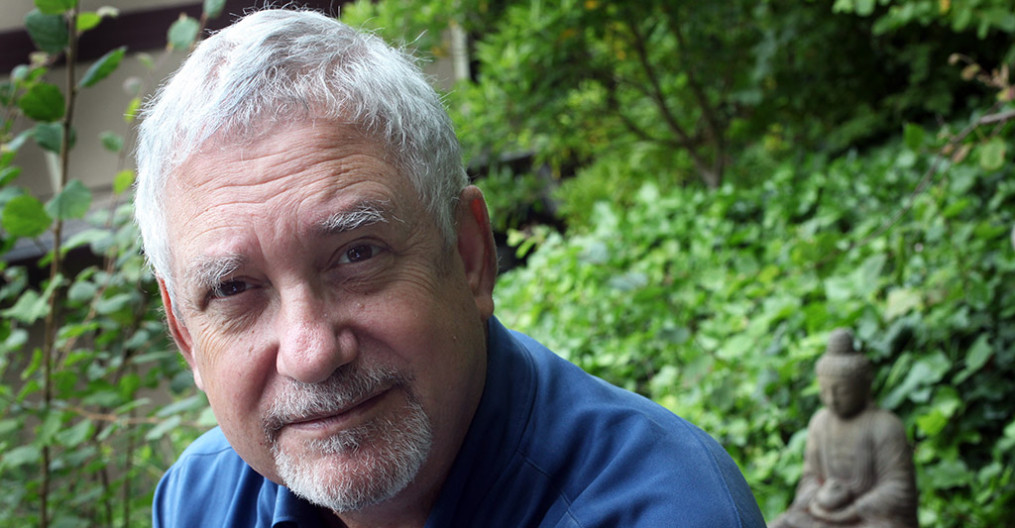 The “thought of enlightenment,” or bodhicitta, is a key doctrine of Great Vehicle Buddhism.
The “thought of enlightenment,” or bodhicitta, is a key doctrine of Great Vehicle Buddhism.
Basically it refers that moment in your life when your perspective widens to embrace the big picture, and to ask the big questions. Why am I here? Why is anything here? What is life all about? Why is there evil in the world? Why do people suffer? Is it possible to change the world? And then follows the earthshaking realization that it might be possible to find answers. And we begin our spiritual search, which in Buddhism is called bodhicitta in the Zen tradition is termed “searching for the Ox.” Sometimes there are glimpses of bodhicitta early in life, like the 5 year old daughter of a friend of mine who ran into the kitchen and said to her mother, “If God made everything, who made God?” Before my friend could figure out what to say, her daughter had skipped out of the room, the question forgotten. Young children can be momentarily wise, but they don’t have much of an attention span.
More commonly, these questions first arise in mid to late adolescence, when a teenager is first confronting the impending challenge of adulthood, and seeing the world with adult eyes for the first time. Teenagers have a longer attention span than 5 year olds, and often for a time these questions haunt them with great intensity, but more often than not the questions fade as college and then career come to the fore. In midlife, the questions can return, and the bodhicitta that arises when we realize that we are growing old is a main subject of this blog. It is when the first losses of middle age-a divorce, a lost career, the death of a friend or parent-that the bodhicitta emerges with particular and poignant power. Not for the first time, but with unusual power, we realize that it is all so precious, this life, and it is all beginning to slip away.
This is what the Buddhist path is built for, to meet this moment. “You are not alone,” says the Buddhist path. “Countless others have stood where you now stand, countless others have transformed themselves through inner work, meditation and insight.” Over the last fifty years, the traditional practices and lineages of Buddhism have flooded into the West. I was fortunate to meet my teacher, Shunryu Suzuki, when I was quite young-in my early twenties. I spent the next fifteen years engaged in the rigors of traditional Zen training-a regimen designed for young men. Such rigors are not well suited to middle or old age.
There will, I hope, always be young people who open early to the thought of enlightenment and are willing to undertake the traditional trainings. But my guess is that in our world midlife will be equally common as a time for bodhicitta to appear. So I think the special challenge as the West absorbs and rethinks the Buddhist tradition in the light of today’s world, is how to adapt and reformulate the transformational practices originally designed for young bodies and minds for a time of more maturity. So my blog title “Aging as a Spiritual Practice” could be also be “The Spiritual Practices of Aging.” I will be exploring this topic in depth in many future blog posts. As Larry King likes to say, “Don’t go away. We’ll be right back.”












